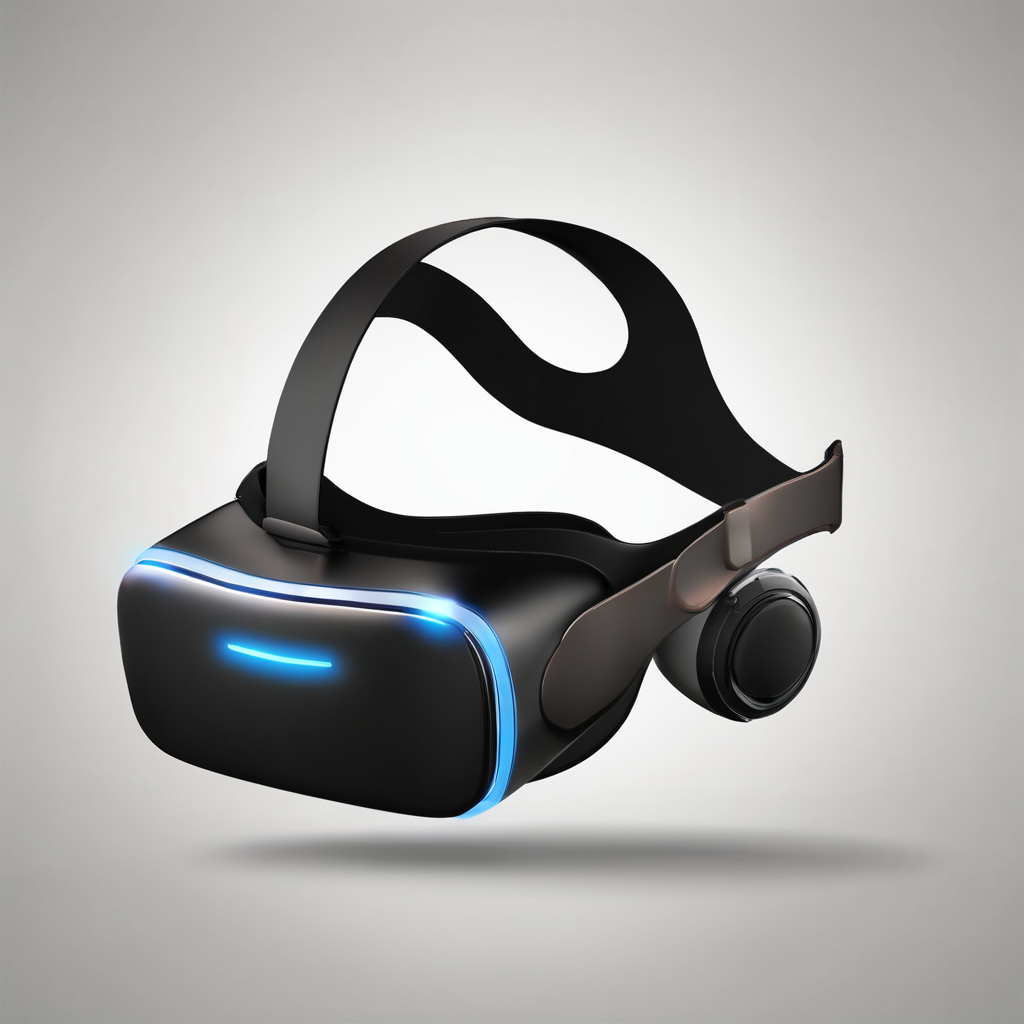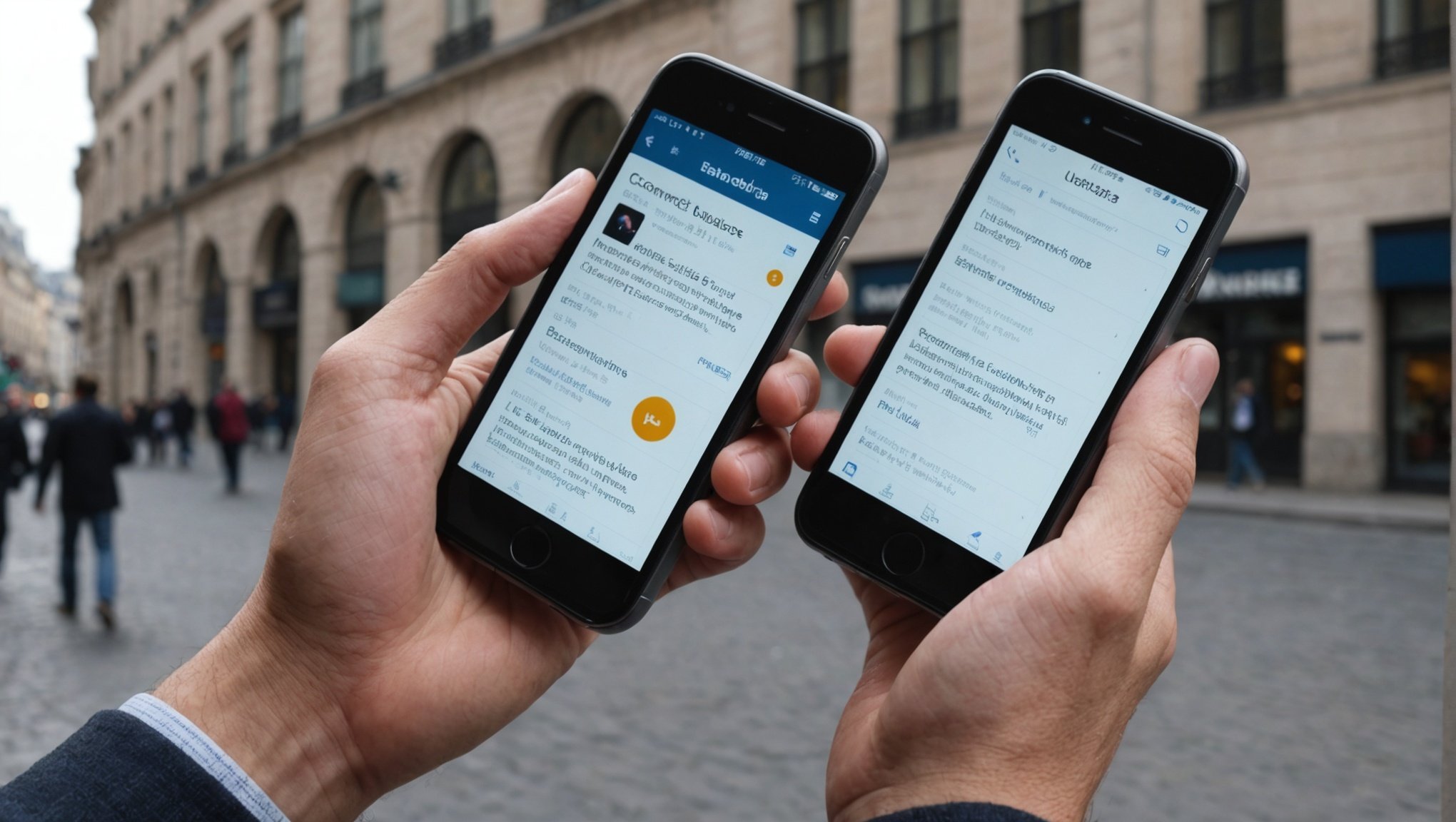As we navigate the digital age, technology continues to evolve at an exponential rate. Amongst the myriad tools that have been revolutionized, smartphones have arguably experienced the most dynamic metamorphosis. Today, your smartphones do more than just make calls or texts, they serve as a comprehensive hub of information. One particular piece of information that many of you depend on daily is the weather forecast.
Traditionally, you rely on news channels, radios, or dedicated weather websites for your daily weather updates. However, the advent of smartphones and their accompanying apps have transformed this scenario. In this article, we will explore the methods that allow your smartphones to provide real-time weather forecasting.
In parallel : How to Configure Your Smartphone for Optimal Use in Remote Scientific Expeditions?
The Role of Weather Apps
The most direct method of getting weather forecasts on your smartphone is through dedicated weather apps. These apps use data from various sources to provide real-time updates on weather conditions. Many of these apps also allow you to customize your weather information based on your location, making them highly personalized and efficient.
For instance, popular weather apps like The Weather Channel, Weather Underground, and AccuWeather offer comprehensive weather information, including temperature, precipitation, humidity, wind speed, and direction. They also provide forecasts for the next few hours, the next day, or the upcoming week. These forecasts are easily accessible with a few taps on your smartphone, reducing the need to tune into weather broadcasts or search for updates online.
Also read : How to Set Up a Smart Lighting System at Home Using Your Smartphone?
Furthermore, most weather apps offer push notifications for severe weather alerts, ensuring you are always informed about potential storm, flood, or other weather-related threats in your area. These notifications can be crucial in helping you prepare for severe weather conditions, potentially saving lives and property.
The Science Behind Weather Data and Smartphones
The science behind how your smartphone retrieves weather data is fascinating. Weather apps collect data from various sources, including satellites, weather stations, aircraft, and buoys. This data is then processed by meteorologists using complex algorithms to make accurate weather forecasts.
However, the introduction of mobile weather stations as a new source of weather data has paved the way for more localized and accurate forecasts. These mobile weather stations, installed in various locations worldwide, collect data on temperature, humidity, atmospheric pressure, wind speed, and precipitation. This data is then sent to the weather app servers, where it is analyzed and transformed into useful weather information for you.
Modern smartphones are also equipped with built-in sensors that can collect weather-related data. For instance, many Android smartphones come with a barometer that can measure atmospheric pressure. This data can be utilized by weather apps to provide more local and accurate weather forecasts.
Harnessing Crowdsourcing and AI for Weather Forecasts
Apart from established weather data sources, weather apps are also exploring the potential of crowdsourcing and Artificial Intelligence (AI) for real-time weather forecasts.
Crowdsourcing involves gathering data from a large number of users to create a more comprehensive and accurate weather forecast. This method allows weather apps to gather real-time data from users’ smartphones, such as temperature readings from smartphone batteries or atmospheric pressure readings from built-in barometers.
On the other hand, AI and machine learning algorithms are used to analyze the collected data and generate predictions. These algorithms use historical weather data to identify patterns and predict future weather conditions.
Weather forecasting is becoming increasingly accurate and localized thanks to these technologies. The combination of AI and crowdsourcing has the potential to revolutionize weather forecasting by providing more dynamic, localized forecasts tailored to each user’s specific needs.
Integrating Weather Apps with Other Smartphone Features
Another method of utilizing smartphones for real-time weather forecasting is by integrating weather apps with other smartphone features. For instance, Google’s Android operating system integrates weather information into its Google Now feature, allowing users to get real-time weather updates directly on their home screen.
Similarly, Apple’s iOS integrates weather data into its Today View, providing users with quick access to weather forecasts without opening a separate app. Other smartphone features, such as widgets and notification panels, also display weather information, making it easier for you to access weather forecasts any time.
Moreover, weather apps are becoming more integrated with other smartphone apps and features. For example, Google Maps now displays weather information for different locations, making it easier for users to plan their travel based on the weather conditions.
The integration of weather apps with other smartphone features not only makes it easier for you to access weather information but also enhances the overall smartphone experience by making it more personalized and efficient. It’s a testament to how smartphones are becoming a central hub for all your information needs, including real-time weather forecasting.
With these advancements in smartphone technology and weather forecasting methodologies, we can look forward to even more accurate and localized weather information in the future. And as technology continues to evolve, there’s no telling what additional capabilities your smartphone might have when it comes to weather forecasting.
Weather Forecasts and Smart Devices
Apart from smartphones, other smart devices can also be used for real-time weather forecasting. Devices like smartwatches, tablets, and even smart home systems can deliver weather updates.
Many smartwatches, for instance, come pre-installed with weather apps. These apps function in the same way as smartphone versions, providing you with temperature, wind speed, and humidity readings directly on your wrist. This feature proves handy for those who remain physically active or are always on the move and need to stay updated with weather conditions without reaching for their smartphones.
Tablets, being larger than smartphones, can display more detailed weather data, making them ideal for those who need a broader view of weather conditions for planning purposes.
Smart home systems, such as Amazon’s Alexa or Google Home, can also provide weather forecasts. By simply asking, “What’s the weather like today?” you can get an instant verbal response detailing the day’s weather conditions. This seamless integration of weather forecasting into smart home systems can make everyday tasks, such as planning your outfit or scheduling outdoor activities, more convenient.
Smart devices, thus, enhance the accessibility and reach of real-time weather forecasting, making it an integral part of your digital lifestyle.
The Future of Smartphone Weather Forecasting
As we look to the future, the role of smartphones in weather forecasting is expected to evolve further. With advancements in technology and the increased use of AI and machine learning, weather apps are becoming more sophisticated and accurate.
One example is the development of hyper-local weather forecasting. This technology aims to provide highly localized weather forecasts for specific areas, streets, or even individual buildings. This level of detail can be especially useful for certain professions, such as farming or construction, where weather conditions can significantly impact operations.
In addition to this, the integration of weather apps with other technologies presents endless possibilities. For example, integrating weather apps with augmented reality (AR) could allow you to see how specific weather conditions will affect your surroundings in real-time.
Furthermore, the use of crowdsourcing for data collection is likely to increase, contributing to the accuracy of weather forecasts. As more people participate, the volume of data collected will increase, leading to more accurate and localized weather forecasts.
In conclusion, smartphones and the digital revolution have dramatically transformed the way we access and use weather forecasts. From dedicated weather apps and the integration of weather information into various smartphone features to the use of AI, machine learning, and crowdsourcing, forecasting has become more accurate and localized. As technology continues to advance, we can only expect this trend to continue, making our smartphones an even more valuable tool for real-time weather forecasting.











